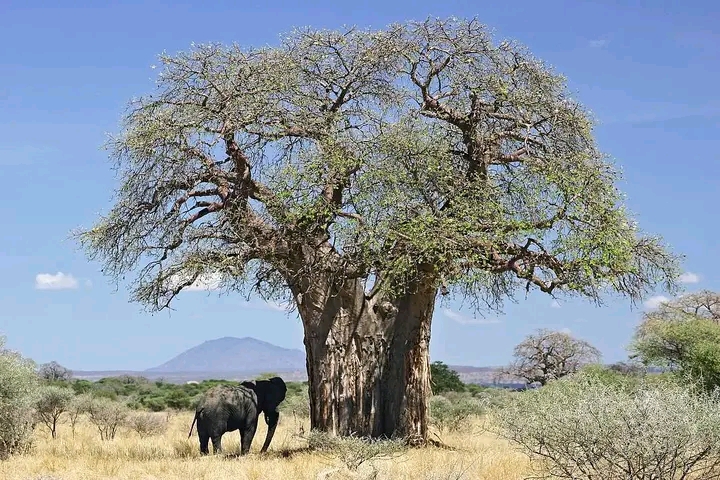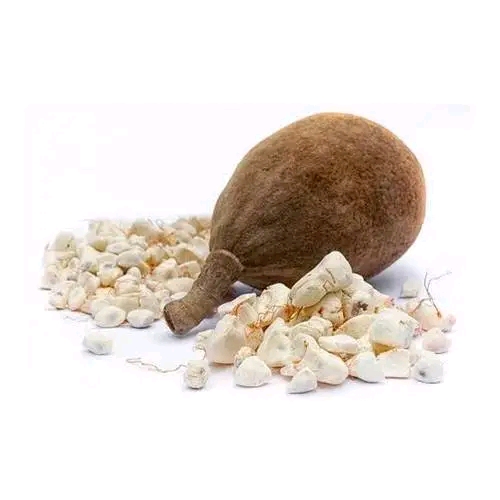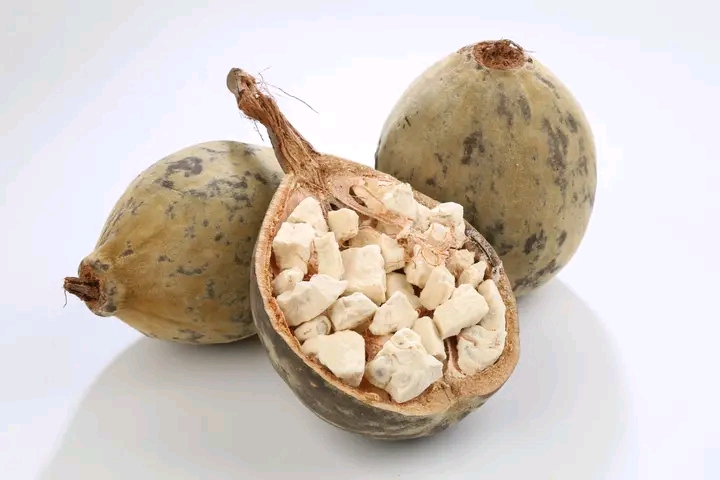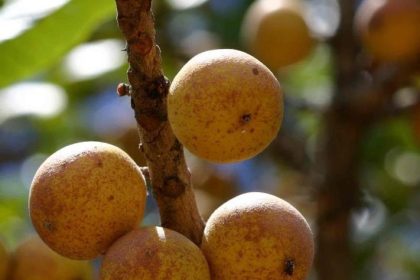
The baobab fruit, locally known as Mawuyu, is a nutrient-rich fruit that grows on the iconic baobab tree. Native to Africa, this tree has deep cultural, nutritional, and ecological significance.
Appearance and Taste

The baobab fruit is a large, oval-shaped pod with a hard, woody shell. The pulp has a tangy, citrus-like taste, making it refreshing and versatile.
Nutritional Benefits
1. Rich in Vitamin C: Boosts immunity and promotes healthy skin.
2. High in Antioxidants: Fights free radicals and reduces inflammation.
3. Excellent Source of Fiber: Supports digestion and gut health.
4. Contains Essential Minerals: Rich in calcium, potassium, magnesium, and iron.
5. Low Glycemic Index: Maintains stable energy levels.
Uses of Mawuyu in Zimbabwe
1. Traditional Drinks: Mixed with water and sugar to make a refreshing drink.
2. Snacks: Eaten as a snack straight from the fruit pod.
3. Cooking: Used to thicken soups, stews, and porridge.
4. Health Products: Added to smoothies, teas, and energy bars.
Cultural Significance
The baobab tree and its fruit have deep cultural importance in Zimbabwe, symbolizing resilience and being an integral part of traditional diets.

Global Popularity
Baobab fruit has gained global recognition as a superfood, with its powdered form being exported worldwide.
The baobab tree can live for over 1,000 years, and its fruit is not only a nutritional powerhouse but also a key part of Zimbabwe’s heritage and ecosystem.
Dandaro Online
Breaking News in Zimbabwe today
trending News in Zimbabwe today
Zimbabwe Latest News today






